Chances are that Santa brought you or someone near you a shiny new phone, making your old model seem worthless once you've moved off all the data to your brand new handset. But that old phone can find new life with a new task — turn it into a remote system monitor that lets you peer inside a Windows computer to see that machine's vital stats.
I have an ulterior motive here. My computer’s balky fan whines then goes silent as the system’s temperature rises and gets out of control. I tried monitoring the fan speed and temperature in the system’s BIOS pages, but it doesn’t work while the computer’s in use nor does it show two parameters at once.
To solve this, I made a remote system monitor from an old phone that shows me what’s going on inside the computer at a granular level. This project doesn’t require tools and takes about 30 minutes, with the end result being enormous insight into a PC’s inner actions. Best of all, it cost me just $1.62. Let’s get started.
Finding the phone
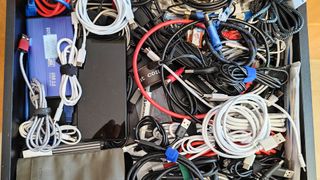
(Image: © Future)
Chances are there’s an older phone sitting around your home. For me, the hardest part for me was finding my retired Pixel 6 handset. After digging it out of a drawer, dusting it off and plugging it in, I wiped its contents. With no SIM card, the phone will use Wi-Fi.
Setting up the PC server
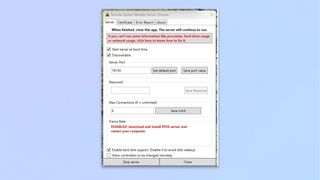
(Image: © Future)
As the phone charged, I installed the Trigone Remote System Monitor (RSM) software onto my computer and created an account. It works as a data server with Windows 7, 8, 10 and 11. Sadly, there’s nothing for Macs, but there are several system monitor apps that show the data on the Mac’s screen.
The RSM server uses minimal system resources and wants to use port 19150. Its data flow is encrypted and the server certificate is usually automatically provided, but you might need to enter it manually.
Readying the phone
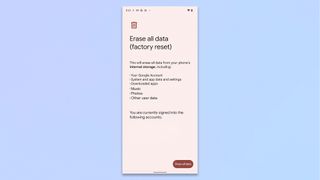
(Image: © Future)
The remote monitor will be a single purpose device so for safety’s sake, I turned off its camera and microphone. I took a trip to the Play Store and installed the $1.49 Trigone Android app. (Sales tax accounted for the rest of my expenses.)
Charging and viewing
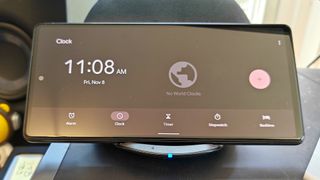
(Image: © Future)
I finished the preliminaries by setting the phone up on a Samsung Fast Charge Qi stand. That accessory will not only wirelessly power the phone but hold it at a comfortable 45-degree angle under my system’s screen — perfect for at-a-glance viewing.
Creating the Dashboard
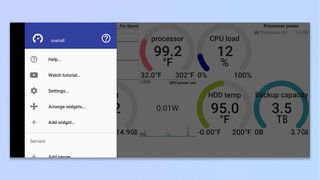
(Image: © Future)
With the phone ready for an onslaught of data, I configured the phone’s Remote System Monitor Dashboard to refresh the PC’s data every half-second; the interval can be as long as 10 seconds. After some trial and error, I chose to display the data in two horizontal rows of five items — any more, and the items would get too small to easily see. The dashboard runs in landscape or portrait mode.
Adding the data streams
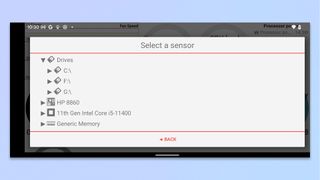
(Image: © Future)
The selection of the data streams to monitor can be mind-numbing with more than 100 items available. I settled on nine key parameters including overlapping line graphs to show the all-important speed of the system’s fans as well as gauges showing processor temperature and load and hard drive capacity.
Arranging and adjusting the screen
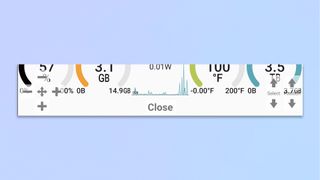
(Image: © Future)
Nearly done, I customized the presentation by swiping right to open the app’s details screen and using RSM’s Arrange widgets feature. Here, I moved the all-important fan speed line graph into the upper left and doubled its size to make it more visible.
Keeping the screen active
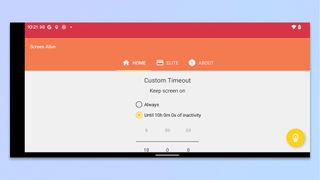
(Image: © Future)
So far, so good, with the data flowing smoothly and the graphs updating in near real time. Unfortunately, the Pixel 6 wants to go into its lock screen after 30 minutes. A download of the free Screen Alive app solved this by letting me set it to keep the phone active for 10 hours at a time. Waking the screen up is one of the first things I do every morning.
Watching the data flow
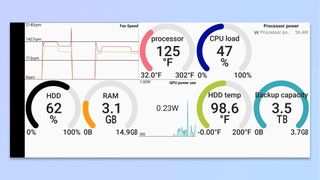
(Image: © Future)
With the RSM screen set up, sitting underneath my PC’s display and live data updating every half-second, the view is beyond comparison. Confirming my fears, I could see that the system’s fan speed dipped causing the temperature to quickly rise. Clearly, a new fan was in order. After the replacement, the two fan speed line graphs are now as flat as last night’s beer.
Keeping tabs on your PC
The remote monitor is a valuable diagnostic tool that provides instant insight into the computer’s inner workings. For instance, I noticed that while I was watching a movie or gaming online, the system’s graphics power and processor load would more than double. This points to my next project: getting a graphics card to take some of the video load off the processor.
So far, the phone and RSM app have teamed up to faithfully show what’s up with my PC without letting me down. Be careful, though — I’ve found that it’s so good that watching the system’s operational ebb and flow can be addictive, taking my attention away from my work and play. Still, it’s a small price to pay for seeing what’s going on inside my computer.
More from Tom's Guide
- Massive leak just revealed Nvidia RTX 5090, 5080 and 5070 GPUs ahead of CES 2025 — here's the specs
- The best gaming PCs in 2024
- Corsair One i500 review — small PC, big performance
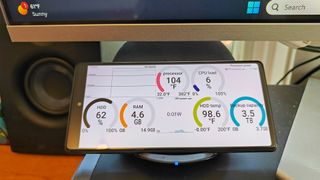
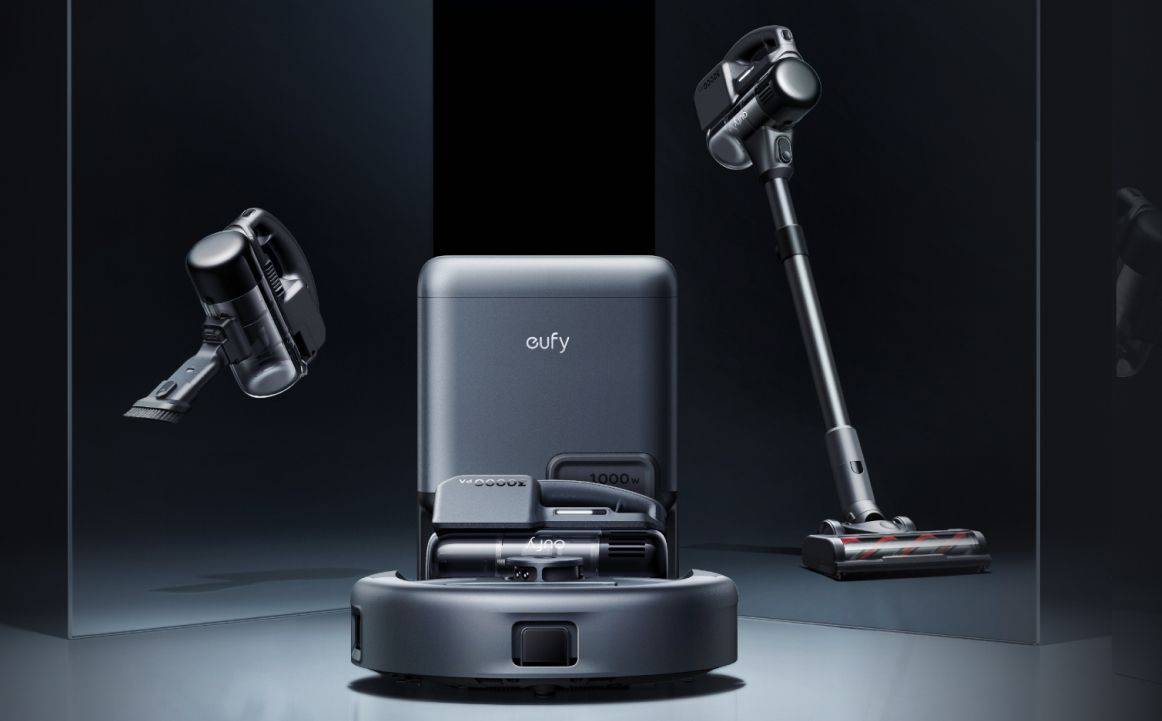


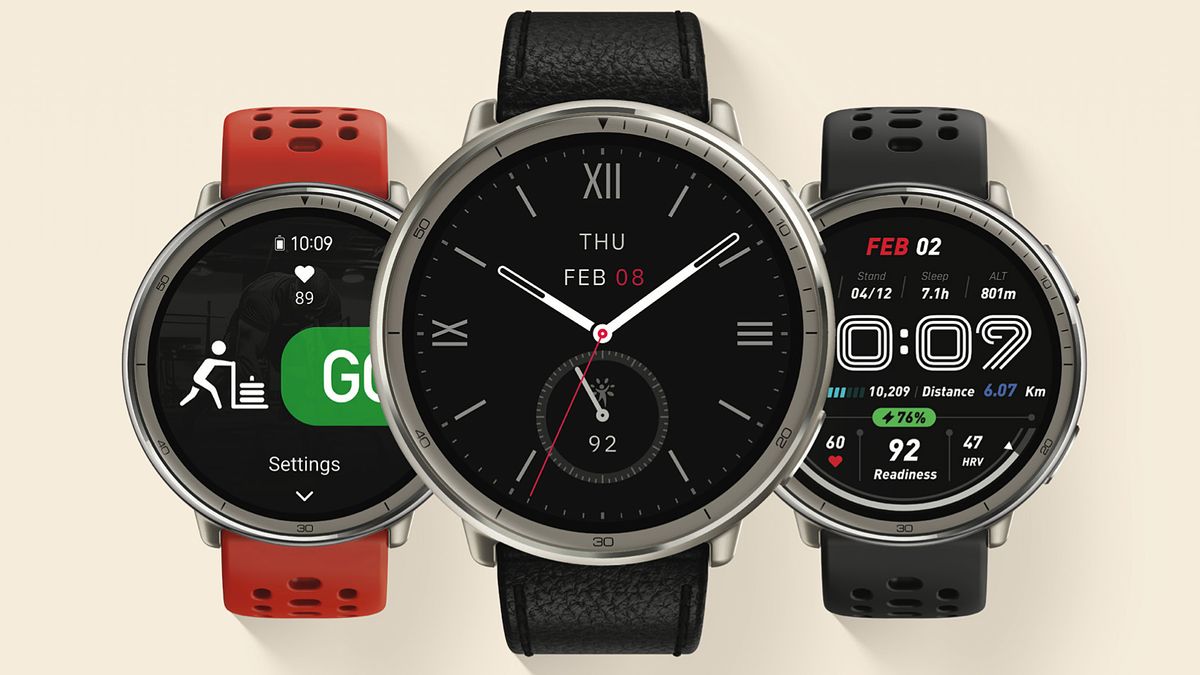


![Online Shopping Reached New Highs in 2024 [Infographic]](https://imgproxy.divecdn.com/kCw9rTPPHoCqXkkL4Bt8p7eohxOuRs6iXsDK03Fxr_8/g:ce/rs:fit:770:435/Z3M6Ly9kaXZlc2l0ZS1zdG9yYWdlL2RpdmVpbWFnZS9vbmxpbmVfc2hvcHBpbmdfc3VyZ2UyLnBuZw==.webp)

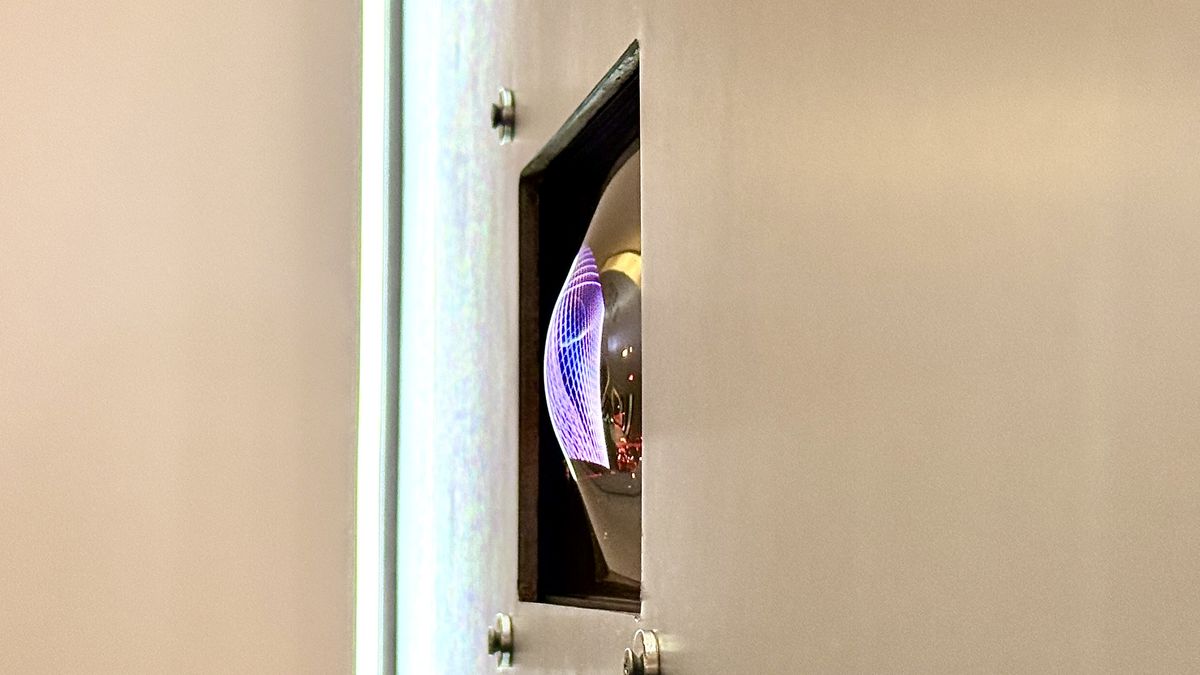


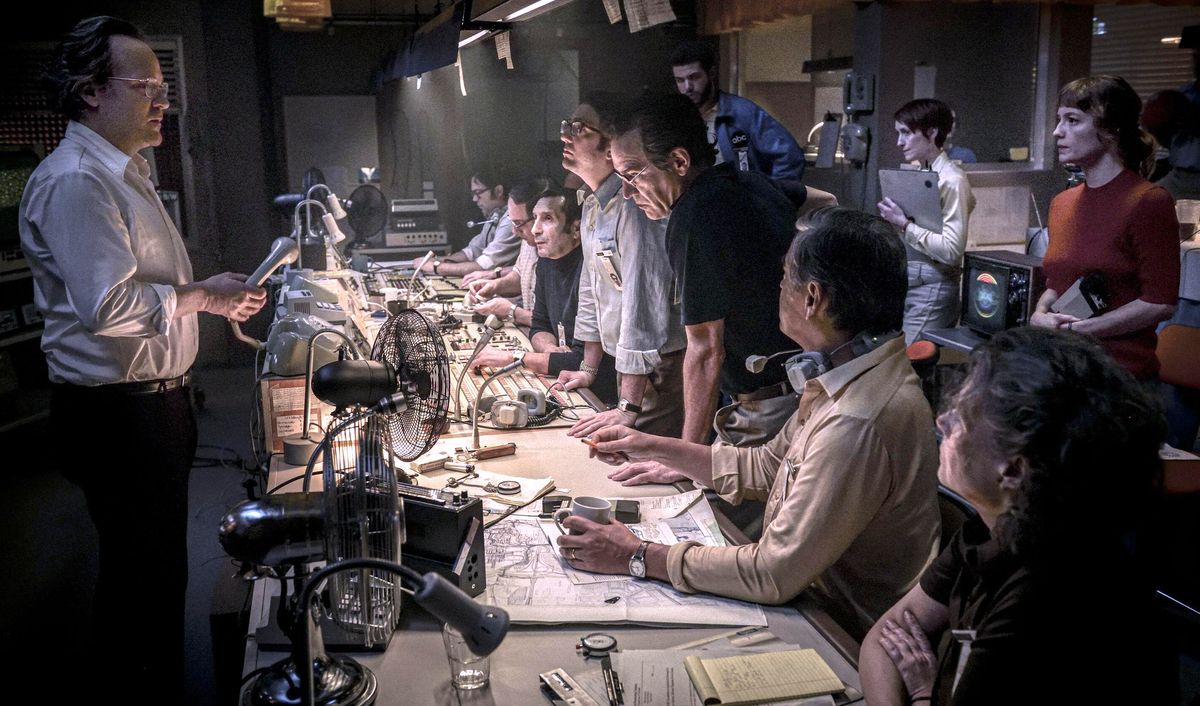




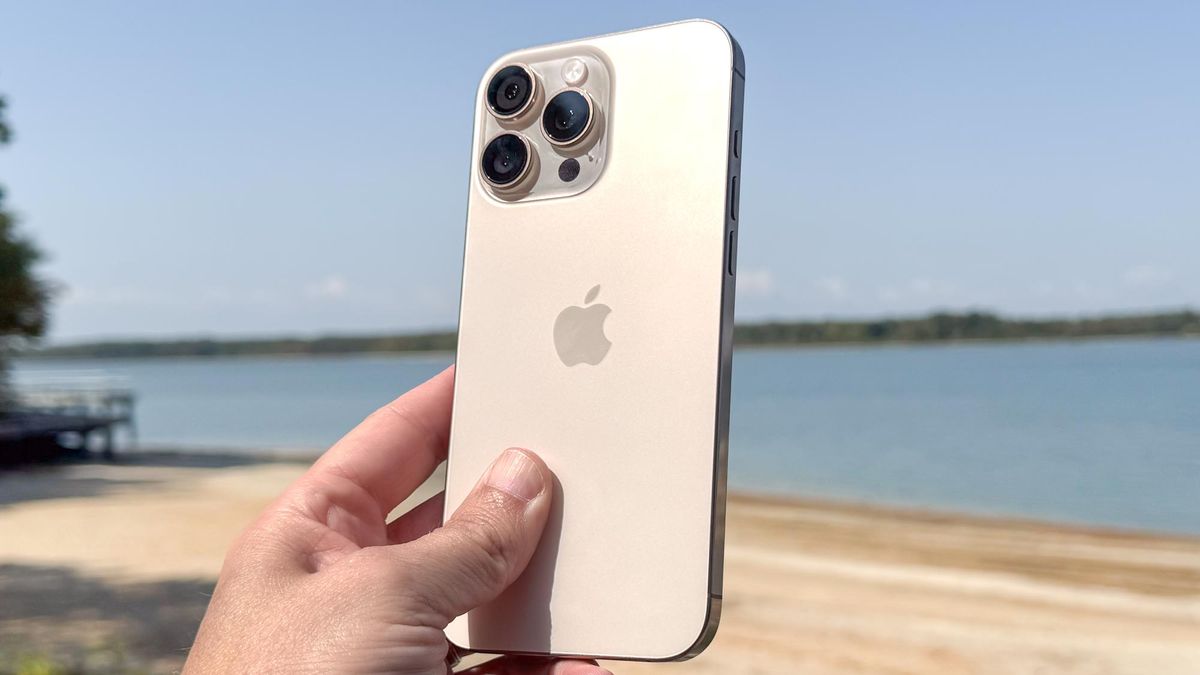


)
 English (US) ·
English (US) ·